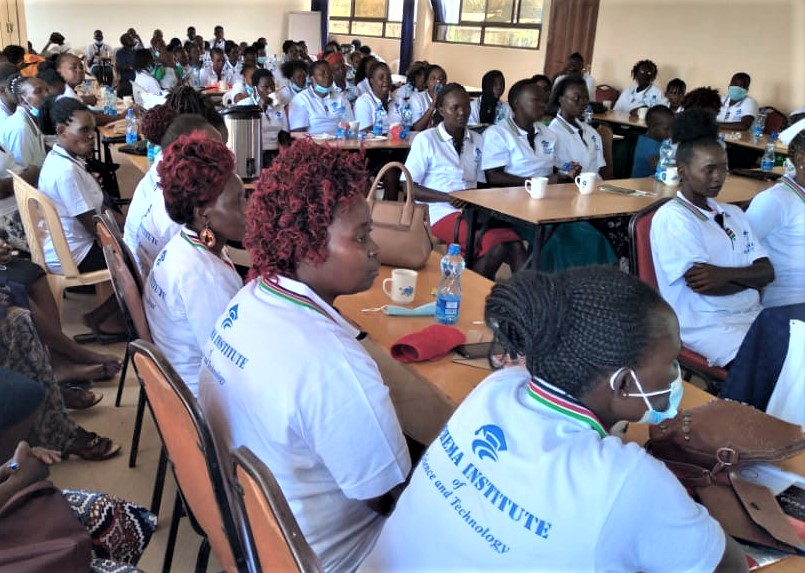Fish farmers practicing caging system in western part of the country received a major boost after the government rolled out the Sustainable Activities in Water Areas (SAWA) project in Lake Victoria to promote their activities.
The project funded by Gatsby Africa seeks to carry out spatial planning for the freshwater lake to determine its carrying capacity for the cage–based aquaculture.
The Kenya Marine and Fisheries Research Institute (KMFRI) introduced the floating fish cages technology in 2013 to increase fish production while at the same time conserving the declining wild fish stocks in L. Victoria.
Cage culture has presented itself as a new socioeconomic frontier contributing to the national economy and has continued to gain momentum in the lake region owing to good prospects of a better income.
KMFRI Director-General Prof. James Njiru while speaking during the SAWA project launch at a Kisumu hotel, Tuesday, said the project would enhance the sustainability of the caging technology.
“This will support an ecosystem-friendly framework in managing fisheries and aquaculture resources in Lake Victoria and resolve conflicts arising from multiple users of the lake,” stated Njiru.
The Secretary of Administration State Department of Fisheries Farrah Kassim, who represented the Principal Secretary, State Department of Fisheries Aquaculture and Blue Economy Dr. Francis Owino, said the increasing number of cage farmers has brought with it a number of challenges that need to be addressed to fully exploit the technology to reap maximum benefits.
“When sustainably managed, cage technology has the potential to contribute significantly to national fish production, increased job opportunities, enhanced food security and incomes for both rural and urban dwellers in light of the blue economy,” Kassim stated.
The SAWA initiative being implemented by the Kenya Fisheries Service, National Environment Management Authority (NEMA) Kenya, Kenya Maritime Authority and other stakeholders would establish proper regulations for cage installation to protect breeding grounds and navigation routes to avoid conflicts between cage fish farmers and fishermen.
Lake Victoria, according to KMFRI, has an estimated carrying capacity of 25,427 cages. However, the natural resource currently contains 6,000 fish cages covering 62,132 M2 with an annual production capacity of over 10,000 tonnes – largely of nile perch and tilapia.
Large scale cage investment with limited or no regulations has presented a fair share of challenges including the haphazard installation of cages and environmental degradation concerns bound to impact the lake ecosystem negatively.

